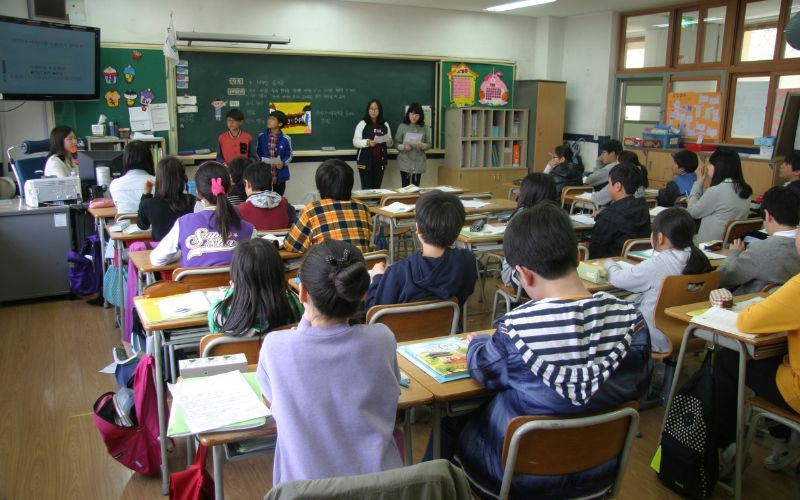Native American students experience disproportionately high rates of chronic absenteeism, a trend that has worsened due to the COVID-19 pandemic. According to recent reports, particularly from California, nearly 60% of Native students missed at least 10% of the 2022-2023 school year, significantly higher than the state’s average of 30%. Several underlying factors contribute to this issue, including historical trauma, systemic inequities, and the distinct challenges of cultural and geographic contexts that these students navigate daily. Before the pandemic, Native students already faced higher rates of absenteeism, which was further exacerbated by school closures and the shift to remote learning, highlighting vulnerabilities within their support systems.
Among the various barriers affecting Native students’ consistent attendance is their geographical isolation, particularly those in rural areas and on reservations. Students often face unreliable internet access and transportation issues, making regular school attendance a formidable challenge. This isolation can render educational infrastructure inadequate, and families are often placed in situations where immediate financial or caregiving responsibilities take precedence over academic commitments. Many children in these communities must stay home to care for siblings or work, directly impacting their ability to engage in their education. Alongside these geographic barriers, economic hardship looms large, as Native communities generally experience higher poverty rates than the national average. Limited resources lead families to make difficult choices about schooling and work.
Health disparities further compound these struggles, with Native communities being more susceptible to chronic illnesses and facing obstacles in accessing healthcare services. Historical contexts of forced assimilation — particularly through the boarding school system — have led to an educational environment where Native students may feel a sense of estrangement. A report from the National Indian Education Association emphasizes that many Native American students do not see their cultural identities represented in school curricula or the broader educational setting, which can foster feelings of disconnection and disengagement. This lack of representation is evident in the stark disparity between the percentage of Native American students in public schools (about 1%) and the percentage of Native American teachers (0.5%), leading to a lack of relatable role models within academic institutions.
Despite these systemic challenges, some communities and organizations are working to combat chronic absenteeism among Native students. Initiatives that incorporate Native languages, cultures, and histories into the learning environment have demonstrated promising results, cultivating a stronger sense of belonging and relevance for students. In Watonga, Oklahoma, local schools have forged partnerships with Tribal programs to actively address absenteeism by providing financial assistance for education-related costs and organizing cultural youth conferences. Such partnerships aim to foster an educational atmosphere that not only supports academic achievement but also honors tribal traditions and identities.
Educational innovation is also taking form through the introduction of flexible learning modalities, such as remote and hybrid models, tailored to meet the needs of students in rural settings or those with family obligations. However, these alternatives demand extensive investments in technology, infrastructure, and reliable internet access to be truly effective. Schools are increasingly recognizing the importance of engaging families and communities, resulting in initiatives that promote home visits, cultural events, and the involvement of community liaisons to strengthen the connection between families and educators. Some institutions have expanded their support networks by offering services such as food pantries, clothing drives, and healthcare assistance, thereby addressing many barriers that impede attendance.
Addressing the underlying issues of insufficient transportation, inadequate housing, and lack of access to clean water is also pivotal in supporting Native American students’ educational journeys. Reports indicate that many reservations lack basic infrastructure, which exacerbates the everyday challenges families face—even leading to situations where a child’s school attendance might be jeopardized by such fundamental needs. By promoting collaborative strategies that engage community input and support structures, educational stakeholders can work towards creating an inclusive and supportive learning environment for Native American students. This approach not only addresses absenteeism but also champions a more significant acknowledgment of their cultural heritage and identities within the educational system, paving the way for a more equitable future for Native American youth.

